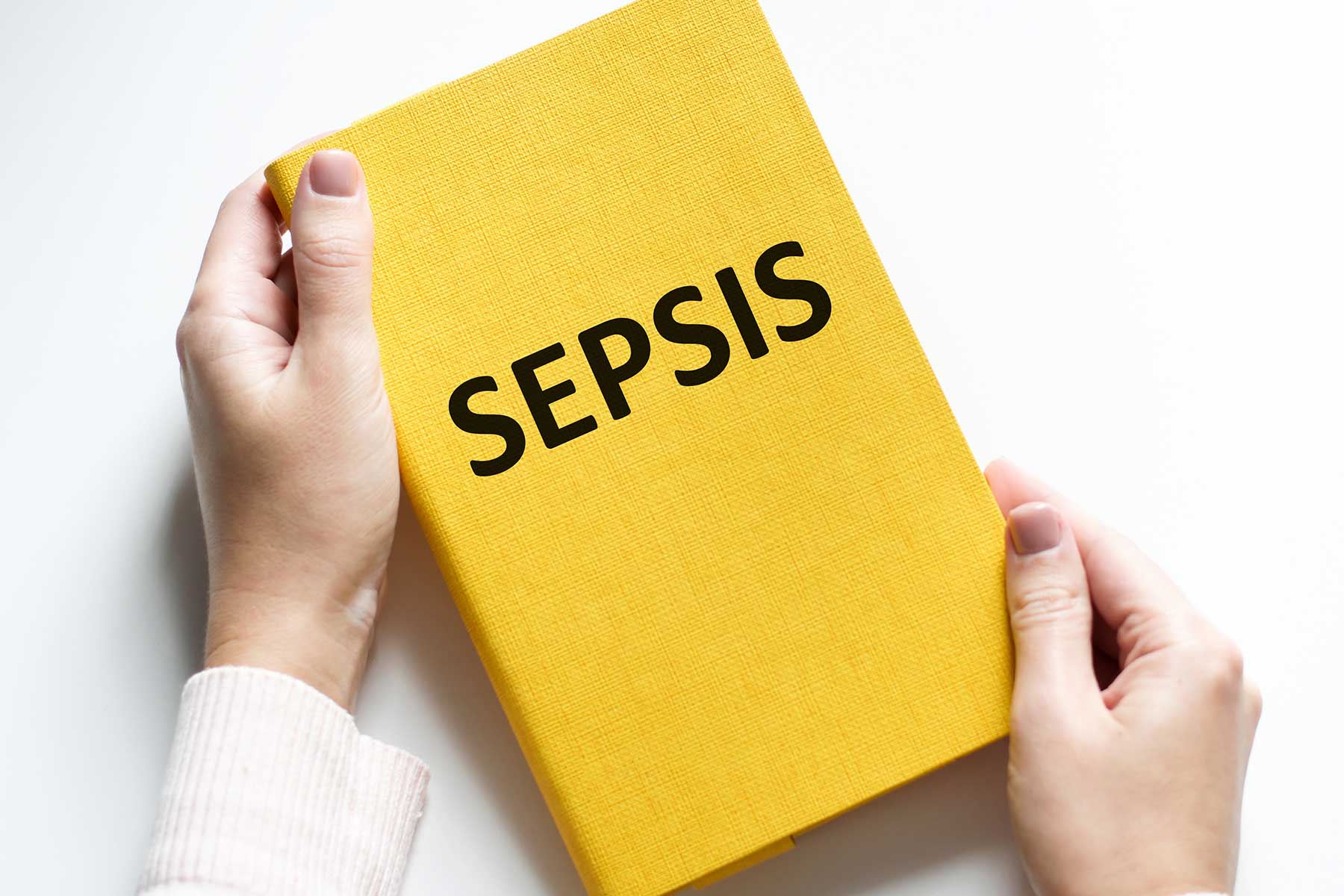The physiological processes of the human body and how diseases affect it was one reason a career in nursing appealed to me. I found it fascinating at how simple the processes appeared, but they were so complex all the way down to the subatomic level.
For some reason, sepsis was one topic in university I found bizarre and fascinating. It was not until I began working that I saw the devastating effect sepsis had on an individual and their life and learnt why it was important to be aware of its signs.
What is sepsis?
Sepsis is the body’s severe response to an infection. This could be either a viral, bacterial, or fungal source caught in the community or hospital setting (Australian Commission on Safety and Quality in Health Care, 2022). By trying to fight off the harsh infection, the body damages its own tissue and organs (this is what I found so bizarre!) leading rapidly to organ dysfunction and ultimately causing death if not recognised and managed quickly (ACSQHC, 2022).
Anyone with an infection, a severe injury or disease are at risk of becoming septic, however, vulnerable populations such as the very young, the very old, Aboriginal and Torres Strait Islander peoples and people who are immunosuppressed are those with a higher risk (Australian Sepsis Network, 2022).
Globally, sepsis accounts for 20% of deaths each year whilst in Australia, 8,700 people each year die (ASN, 2020). This is double the deaths caused by accidents on the road (ASN, 2020).
The World Health Organization recognises sepsis as a key global issue that requires a prompt response from clinicians to decrease mortality risk as sepsis occurs rapidly in the body (World Health Organization, 2020). Every hour appropriate management is delayed, the risk of death occurring increases by 8% (ASN, 2020).
What to expect from sepsis
Signs that could indicate an adult patient with an infection has sepsis are having a fast heart rate and rapid breathing, a severe change in temperature (high or low), minimal urine output, body aches, muscle weakness, an altered consciousness, or the patient reporting a feeling of being unwell without being able to explain how (ACSQHC, 2022). In children, signs that could indicate sepsis also can include non-blanchable rashes, appearing miserable and unable to be consoled, decreased central capillary refill and unusual behaviour (ACSQHC, 2022).
Of course, these signs could also indicate a plethora of other concerns that aren’t necessarily sepsis – this is why sepsis is known as the ‘silent killer’ (ASN, 2020).
Sepsis Clinical Care Standard
In 2020, the National Sepsis Program was created with the intention of assisting clinicians nationwide in providing equitable and optimal care throughout a patient’s journey from admission to discharge (ACSQHC, 2022). The program focuses on; improving the early recognition, treatment, outcome, and post-discharge support for those at risk of, or diagnosed with sepsis in Australia. Project six (of eight) of the program was the development of the Sepsis Clinical Care Standard that was successfully released earlier in June this year.
The standard includes the following quality statements (ACSQHC, 2022):
- Could it be sepsis?
- Time critical management
- Management of antimicrobial therapy
- Multidisciplinary coordination of care in hospital
- Patient and carer education and information
- Transitions of care and clinical communication
- Care after the hospital and survivorship
The standard recommends clinicians refer to the international guidelines for managing sepsis (ACSQHC,2022).
International guidelines for sepsis
The international guidelines suggest for the initial management of sepsis and septic shock:
- Measure lactate level (remeasure if ≥2mmol/L).
- Obtain blood cultures BEFORE administering antibiotics.
- Administer broad-spectrum antibiotics.
- Begin rapid administration of 30mL/kg crystalloid for hypotension or a lactate ≥4 mmol/L.
- Apply vasopressors if hypotensive during or after fluid resuscitation to maintain a mean arterial pressure ≥ 65 mm Hg (Society of Critical Care Medicine, 2021).
It is important to note whilst the International Guidelines are recommended to use, clinicians should adhere to their local health districts’ guidelines and policies.
Sepsis may be silent, but we clinicians should not be. Keeping up to date with best practice and using it when caring for patients will positively improve patient outcomes and lessen the burden sepsis has on our health care systems.
13 September is World Sepsis Day – why not use this day to guide how you can help spread awareness. Head to the Australian Sepsis Network for more information.
If you’re interested in expanding your knowledge of sepsis and related healthcare challenges, the Australian College of Nursing’s (ACN) specialised online CPD courses are an excellent resource. Discover the critical techniques for early recognition and effective treatment of sepsis through our four-hour online module, designed to enhance patient safety and minimise harm. For more in-depth insights, our Comprehensive Infection Series offers a deeper look at not only sepsis but also crucial topics such as infection prevention and control, antimicrobial stewardship in aged care, and wound management.
By Kate Lennards MACN
Kate is a Registered Nurse specialising in Emergency Nursing, with a not-so-secret passion for writing. Through ACN’s Emerging Nurse Leader Program, Kate has found a way to combine the two and share her insights. This is Kate’s second piece to be published, and she looks forward to writing more pieces on various topics that will empower and provoke conversations between her colleagues.

References
Australian Commission on Safety and Quality in health care (ACSQHC) (2022). National Sepsis Program. https://www.safetyandquality.gov.au/our-work/national-sepsis-program. Accessed on August 3rd 2022.
ACSQHC (2022). Sepsis Clinical Care Standard. https://www.safetyandquality.gov.au/publications-and-resources/resource-library/sepsis-clinical-care-standard-2022. Accessed August 1st 2022.
Australian Sepsis Network (2022). Recognising Sepsis. https://www.australiansepsisnetwork.net.au/. Accessed August 3rd 2022.
Society of Critical Care Medicine (2021). International Guidelines for Management of Sepsis and Septic Shock 2021. https://sccm.org/sepsisguidelines. Accessed August 3rd 2022.
World Health Organisation (2020). Sepsis. https://www.who.int/news-room/fact-sheets/detail/sepsis. Accessed on August 3rd 2022.





